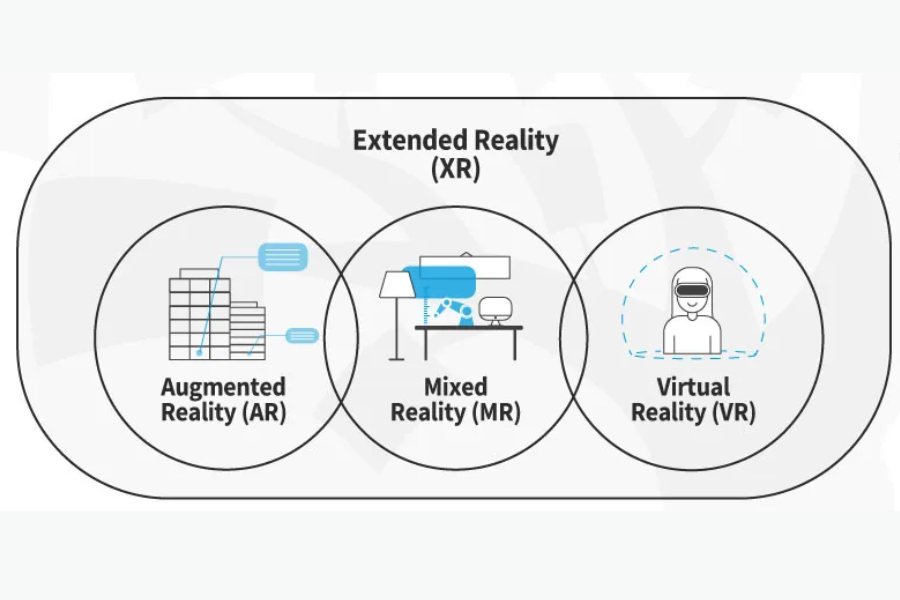What is Augmented Reality & XR & Why is It Important?

augmented-reality-&-XR
Augmented Reality, often abbreviated as AR, is a cutting-edge technology that blends the digital and physical worlds together. Through AR, virtual objects and information are superimposed onto the real-world environment, enhancing the user’s perception and experience. Unlike Virtual Reality (VR), which creates an entirely immersive digital environment, AR supplements our existing reality with digital elements. It is commonly experienced through devices such as smartphones, smart glasses, and headsets.
Extended Reality (XR) is an umbrella term encompassing Augmented Reality, Virtual Reality, and Mixed Reality (MR). XR provides a continuum of experiences, ranging from fully physical to entirely virtual environments. This inclusivity makes XR a powerful and versatile concept that can cater to various user needs.
Extended Reality (XR) – The Holistic Approach
Extended Reality, known as XR, is an umbrella term that encompasses Augmented Reality, Virtual Reality, and Mixed Reality (MR). It is an all-encompassing concept that includes various immersive technologies to create a seamless blend of physical and digital experiences.
The beauty of XR lies in its ability to transport users to entirely new worlds, breaking the boundaries of physical limitations. In Virtual Reality, users are entirely immersed in a simulated environment, while Mixed Reality combines real and virtual elements, enabling users to interact with both realms.
The Importance of AR & XR
1. Enhanced User Experience
One of the primary reasons for the significance of AR and XR is the unparalleled user experience they offer. Businesses and industries have recognized the potential of these technologies to engage customers and clients in unique ways. From interactive product demonstrations to virtual try-ons for fashion and cosmetics, AR and XR have elevated the customer experience to new heights.
2. Transforming Education
Education has been profoundly impacted by the integration of AR and XR technologies. These immersive tools have made learning more interactive, engaging, and effective. Students can now explore historical landmarks, dissect complex 3D models, and participate in virtual field trips, all from the confines of their classrooms.
3. Advancing Healthcare
In the healthcare sector, AR and XR have proven to be game-changers. Medical professionals can now employ these technologies to visualize patient data, simulate surgical procedures, and improve medical training. This leads to better diagnostics, enhanced treatments, and ultimately, improved patient outcomes.
4. Revolutionizing Industry and Training
AR and XR have found immense utility in various industries, such as manufacturing, construction, and aviation. Through virtual simulations and real-time data overlays, workers can be better trained, leading to increased efficiency, reduced errors, and safer working environments.
5. Fostering Innovation
AR and XR are fertile grounds for innovation. As developers and creators continue to explore the potential of these technologies, new applications and use-cases emerge regularly. This constant innovation drives the tech industry forward and opens up new possibilities for businesses and consumers alike.
Conclusion
In conclusion, Augmented Reality (AR) and Extended Reality (XR) are more than just buzzwords in the tech world; they represent transformative technologies that are reshaping how we perceive and interact with our surroundings. From enhancing user experiences to revolutionizing industries and fostering innovation, AR and XR have become integral to the digital landscape. As these technologies continue to evolve, we can expect them to further enrich our lives and open up new avenues for exploration and growth. Embracing AR and XR is not just a technological choice; it is an investment in the future of human experiences.





